The Earth is billions of years old – we humans are just a blink of an eye in its history. And yet we ask big questions: Where do we come from? Why are we the only ones here? And what distinguishes us from other living beings? The answers to these questions await you in the second section of the Neanderthal Museum.
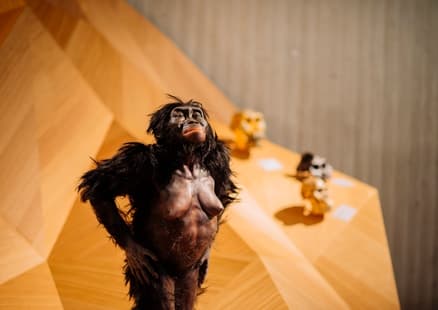
The history of life on Earth goes back billions of years. Humans are a very late chapter in this history. It is only in the last 100 years or so that we have been able to begin to comprehend these time scales. Charles Darwin recognized early on how difficult it is to imagine the deep time of evolution – a glimpse into eternity.
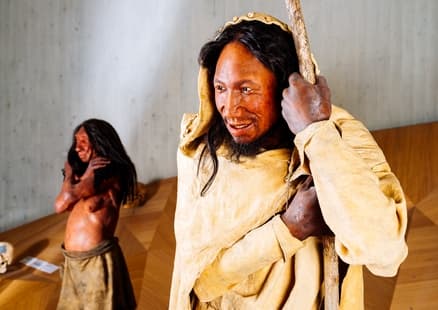
The oldest finds of representatives of the genus Homo, such as Homo rudolfensis and Homo habilis, are considered early precursors of modern humans. These lived around 2.5 to 1.5 million years ago. Modern humans, Homo sapiens sapiens, developed later, with the oldest known fossils dating back around 300,000 years.
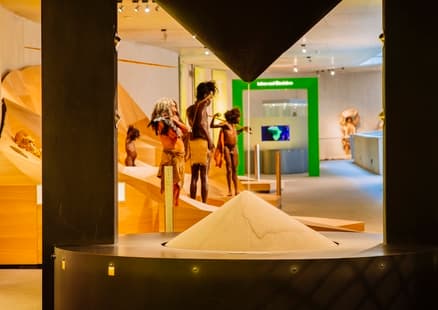
We are living in an extraordinary phase of Earth's history: for the first time, there is only one species of human beings – Homo sapiens sapiens. In earlier times, several species always lived on Earth at the same time. Our evolution is not a clear family tree, but a branching river with many side arms. Some of these arms dry up, others can flow together again.
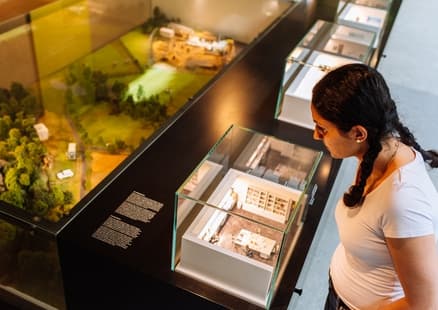
Some species of early humans are known to us only from a single bone or genetic traces. Our history is a puzzle that is slowly coming together—with each new discovery.

With the free audio guide in our museum, you can bring the life-size reconstructions of our ancestors to life. They will tell you exciting stories from their lives and take you on a journey into the past.

Our earliest ancestors had dark skin. It developed as protection against intense sunlight - a natural adaptation after losing their body hair. Light skin came much later, when humans spread to regions with less sunlight.

There is great genetic diversity within humanity – yet we all belong to the same species. Terms such as “human races” originate from outdated ideologies. Scientifically, they have long been disproved.
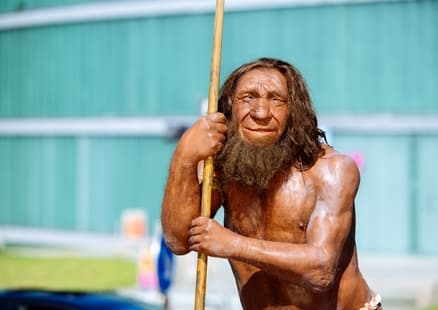
Then come to the Neanderthal Museum in Mettmann!
Experience how animal ancestors became humans – exciting, interactive, and suitable for all ages.